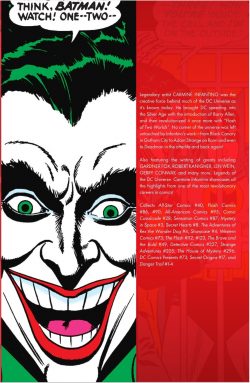
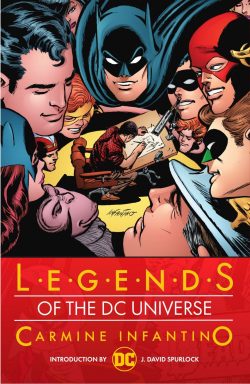
By Carmine Infantino, with Arthur Peddy, Alex Toth, Joe Giella, Frank Giacoia, Frank McLaughlin, Joe Kubert, Bernard Sachs, John Giunta, Sy Barry, George Roussos, John Celardo, Dave Hunt, Tony DeZuñiga, Joe Orlando, Klaus Janson, Carl Gafford & Linda Kachelhofer: written by Gardner F. Fox, Robert Kanigher, John Broome, Joseph Greene, Arnold Drake, Len Wein, Gerry Conway, Cary Bates & various (DC Comics)
ISBN: 978-1-6054-9091-5 (HB)
Win’s Christmas Gift Recommendation: A Shining Star Remembered… 10/10
Born on May 24th 1925, Carmine Michael Infantino was one of the greatest comic artists America ever produced: a multi award-winning innovator there when comic books were born, he reshaped the industry in the Silver Age and was still making fans when he died in 2013.
As an artist he co-created among others Black Canary, Detective Chimp, King Faraday, Pow-Wow Smith, the Silver Age Flash, Elongated Man, Strange Sports Stories, Deadman, Batgirl and The Human Target whilst placing his unique stamp on characters such as Adam Strange and Batman. Infantino worked for many companies, and at Marvel ushered in a new age by illustrating the licensed Star Wars comic whilst working on titles and characters such as The Avengers, Daredevil, Ms. Marvel, Nova, Star-Lord and Spider-Woman. His work on two separate iterations of Batman newspaper strips is fondly remembered and whilst acting as Art Director and Publisher of National DC, Infantino oversaw the most critically acclaimed period in the company’s history, overseeing the “relevancy” era and poaching Jack Kirby from Marvel to create the Fourth World, Kamandi, The Demon, OMAC and more…
Very much – and repeatedly – the right man at the right time and place, Infantino shaped American comics history in a manner only Kirby ever equalled, and this long overdue bumper compendium barely touches all his contributions to DC’s history. Hopefully we’ll be seeing a few more in future…
After appreciative and informative Introduction ‘Carmine the Icon’ by author/ historian J. David Spurlock, this small sampling from decades of triumphs opens with hard-hitting social commentary as ‘The Plight of a Nation’ details how the Justice Society of America (The Flash, Hawkman, Wonder Woman, Green Lantern, Dr. Mid-Nite, The Atom and Black Canary) hunt a gang of thieving hoodlums whilst tackling the true threat – how charismatic hoods like the Crimson Claw Gang have become insidious role models for youngsters…
Scripted by John Broome, and limned in collaboration with Arthur Peddy, Alex Toth & Bernard Sachs, the saga from All-Star Comics #40 (April/May 1948) tackled head-on the glamour of crime, goad of poverty and contemporary obsession with “juvenile delinquency” but still offered spectacular action and drama to sweeten the harsh message…
Black Canary was one of the first of the pitifully few female heroes to hold a star spot in the DC Universe – or indeed any comics before 1980s. She followed Wonder Woman, Liberty Belle, antihero Harlequin and Red Tornado (who masqueraded as a man to comedically crush crime – with a couple of kids in tow, too!). The Canary predated Merry, the Gimmick Girl – remember her? No, you don’t – and disappeared with the majority of costumed crusaders at the end of the Golden Age: a situation that was not remedied until her revival with the Justice Society of America in 1963.
Created by Robert Kanigher & Infantino in 1947, the Canary echoed worldly, dangerous women cropping up in crime novels and Film Noir movies better suited to the more cynical Americans who had endured a World War and were even then gearing up for a paranoiac Cold one. Clad in a revealing bolero jacket, shorts, fishnet stockings and high-heeled pirate boots, the devastating shady lady – who looked like Veronica Lake – began life as a thief…
In the desperate days of post-war uncertainty, continuity was negligible and nobody cared much about origins. All that mattered was pace, plot, action and spectacle. Flash Comics #86 (August 1947) was just another superhero anthology publication, suffering a slow sales decline wherein perennial B-feature Johnny Thunder had long since passed his sell-by date. Although a member of the Justice Society of America, Johnny was an old-fashioned comedy idiot; a true simpleton who just happened to control a lightning-shaped genie – Thunderbolt.
His affable, good-hearted bumbling had carried him through the war, but changing fashions had no room for a hapless (adult) hero anymore. In the tale presented here, when he meets a seductively masked female Robin Hood who stole from crooks, the writing was on the wall. In debut yarn inked by Joe Giella, ‘The Black Canary’ tricks him and T-Bolt into acquiring an invitation to a crime-lord’s party, where she lifts the ill-gotten loot and leaves Johnny to mop up the hoods. It was lust at first sight and the beginning of a legend…
In the same issue Infantino allowed his wacky sense of humour full expression in another tale of The Ghost Patrol – three French Foreign Legion aviators who were killed in the early days of WWII but somehow stuck around to fight Nazis and other evils. Scripted by John Wentworth ‘The Case of the Extra Ghost!’ finds ectoplasmic trio Fred, Pedro and Slim in post-war America investigating a haunted house and scuppering a scheme to defraud its latest inheritor…
Flash Comics #90 (December 1947, written by Kanigher & inked by Joe Giella) featured a sporty tale for lead hero The Flash to shine in. Scientist Jay Garrick was exposed to fumes of “Hard Water” to become the first “Fastest Man Alive” – one of the Golden Age’s leading stars. In this instance he uses his gift to save a baseball team from defeat and their mangers from death by despair by filling ‘Nine Empty Uniforms!’ after which fellow superstar Green Lantern/Alan Scott solo stars in Kanigher-scribed tale ‘The Unmasking of the Harlequin!’ (All-American Comics #95, March 1948) wherein the Emerald Gladiator again clashes with the mesmerising super thief when mysterious imitators frame them both for vicious crimes…
Tiny Titan and eternal apparent underdog The Atom was solid B-Feature throughout the Golden Age and here – courtesy of Infantino and writer Joseph Greene – solves the ‘Mystery of the Midway Tunnel!’ (Comic Cavalcade #28, August/September 1948) as college student Al Pratt resorts to his masked persona when his professor – a former GI turned civil engineer – finds his dream project is being sabotaged by gangsters.
Times were changing and superheroes vanishing as the forties closed and new times called for fresh ideas. Created by Kanigher & Bob Oksner, Lady Danger appeared in Sensation Comics#84-93: determined, safety-averse crime reporter Valerie Vaughn who regularly risked life and limb in pursuit of a scoop. Infantino and an unknown author produced another gripping tale for #87 (cover-dated March 1949), uncovering skulduggery at a charity bazaar whilst looking for ‘The Needle in the Haystack!’
Crime comics were not the only beneficiary of the decline of Mystery Men. Science fiction also enjoyed renewed public popularity and DC responded with two themed anthologies: Strange Adventures and Mystery in Space. Each combined stand-alone tales of fantastic imagination with continuing character features such as Captain Comet or – as here – Future Paladins The Knights of the Galaxy. Scripted by Kanigher as “Dion Anthony” and inked by Frank Giacoia, Joe Giella & John Giunta, Mystery in Space #3 (August/September 1951) led with ‘Duel of the Planets!’ as Round Table champion Lyle finds his comrades divided over Mercurian member Millo when the first planet declares war on the rest of the galaxy…
The biggest trend of the era was Romance Comics as almost every publisher jumped on the bandwagon created by Joe Simon & Jack Kirby in 1947. Amongst National/DC’s tranche of tearjerkers was Secret Hearts and in #8 (February/March 1952) Infantino (& Giacoia) limned a case study of Ann Martin, counsellor for Romance, Inc. Anonymously scripted, ‘Condemned Love!’ details how a client responds to learning her current beau is married…
Infantino regularly claimed his favourite character was not human but an hirsute anthropoid crimebuster. In The Adventures of Rex the Wonder Dog #4 (July/August 1952) readers were first invited to ‘Meet Detective Chimp!’ in charming comedy thriller by Broome and inked by Giacoia. The first outing of seminal comics lunacy saw Oscaloosa, Florida sheriff Chase solve a murder at the Thorpe Animal Farm with the help of Bobo and consequently adopt and deputise the super-smart simian. Bobo was assistant sheriff right up until the final issue (#46, November 1959) and has enjoyed new fame in the 21st century when a new generation of creators and fans rediscovered him.
Despite years when superheroes all but vanished America’s comic book industry never really stopped trying to revive the genre. When Showcase #4 was released in 1956 it was on the back of two successful DC launches: Captain Comet (December 1953-October 1955) and Manhunter from Mars (November 1955 until the end of the 1960’s and almost the end of superheroes again!) What made the new Fastest Man Alive stand out and stick was style!
Cover-dated September/October 1956, the epochal issue was released in late summer and from it stems all today’s print, animation, games, collector cards, cos-play, TV and movie wonderment.
Once DC’s powers-that-be decided to try superheroes once more, they too moved pretty fast. Editor Julie Schwartz asked office partner, fellow editor and Golden Age Flash scripter Kanigher to recreate a speedster for the Space Age: aided and abetted by Infantino & Joe Kubert, who had also worked on the Jay Garrick incarnation.
The new Flash was Barry Allen, a forensic scientist simultaneously struck by lightning and bathed in exploding chemicals from his lab. Supercharged by the accident, Barry took his superhero identity from a comic book featuring his childhood favourite. Now a major talent rapidly approaching his artistic and creative peak Infantino designed a sleek, streamlined bodysuit, as Barry Allen became point man for the spectacular revival of a genre and an entire industry.
Scripted by Kanigher & inked by Kubert, ‘Mystery of the Human Thunderbolt!’ sees Barry endure his electrical metamorphosis and promptly go on to subdue bizarre criminal mastermind and “Slowest Man Alive” Turtle Man, after which ‘The Man Who Broke the Time Barrier!’ – scripted by Broome – sees the Scarlet Speedster battling a criminal from the future: ultimately returning penal exile Mazdan to his own century, and proving the new Flash was a protagonist of keen insight and sharp wits as well as overwhelming power.
The return of costumed heroes was cautious and gradual and Infantino continued drawing his regular fare extraordinarily well. For Western Comics #73 (January/February 1959) he illustrated “Indian Lawman” Pow-Wow Smith with this example – ‘The Return of the Fadeaway Outlaw!’ scripted by Gardner Fox, with Sioux sleuth Ohiyesa again outwitting a bandit who specialises in astounding escapes…
Inevitably the superhero boom dominated comic books with the Scarlet Speedster in the vanguard of the revolution. A new star was born in The Flash #112 (April/May 1961 by Broome, Infantino & Giella) as ‘The Mystery of the Elongated Man’ introduced an intriguing super-stretchable newcomer to the DC universe, who might have been hero or villain in a beguiling tantaliser. The continuing adventures of the Scarlet Speedster were the bedrock of the Silver Age Revolution, with key writers Broome and Fox setting an unbelievably high standard for superhero adventure in sharp, witty tales of technology and imagination, illustrated with captivating style and clean simplicity by Infantino.
Fox didn’t write many Flash scripts at this time, but the few he did were all dynamite; none more so than the full-length epic which changed the scope of US comics forever. ‘Flash of Two Worlds’ (Flash #123, September 1961 and inked by Giella) introduced the concept of alternate Earths to the continuity which grew by careful extension into a multiversal structure comprising Infinite Earths. Once established as a cornerstone of a newly integrated DCU through a wealth of team-ups and escalating succession of cosmos-shaking crossover sagas, a glorious pattern was set which would, after joyous decades, eventually culminate in the spectacular awe-inspiring Crisis on Infinite Earths…
During a benefit gig, Flash accidentally slips into another dimension where he finds the comic book hero upon whom he based his own superhero identity actually exists. Every ripping yarn he’d avidly absorbed as an eager child was grim reality to Jay Garrick and his comrades on the controversially designated “Earth-Two”. Locating his idol, Barry convinces the elder to come out of retirement just as three old foes make their own comebacks.
It was a time when anything was worth a punt, and Schwartz’s dream team indulged in in a truly bizarre experiment combining tried-&-tested science fiction tropes with America’s greatest obsession. Try-out title The Brave and the Bold dedicated five issues (#45-49) to testing the merits of Strange Sports Stories and here #49 (August/September 1963) sees a unique conquest by stealth as ‘Gorilla Wonders of The Diamond!’ sees an all-anthropoid team play baseball with a hidden agenda in a captivating coup by Fox, with Infantino producing some of his most innovative drawing for Giella to ink.
By the end of 1963, Julius Schwartz had spectacularly revived much of DC’s line – and the entire industry – with his modernisation of the superhero, and was then asked to work his magic with the creatively stalled and nigh-moribund Caped Crusaders. Bringing his usual team of top-notch creators with him, Schwartz stripped down and back to core-concepts, downplaying aliens, outlandish villains and daft transformations to bring a cool modern take on crimebusting. He even oversaw a streamlining and rationalisation of the art style itself.
The most apparent innovation was a yellow circle around the Bat-symbol, but far more importantly, the stories also changed. A subtle aura of genuine menace re-entered the comfortable and absurdly abstract world of Gotham City. Infantino was key to the changes that reshaped a legend – but this was while still pencilling The Flash – so, despite generating the majority of covers, Infantino’s interior art was limited to alternate issues of Detective Comics with the lion’s share of narrative handled by Bob Kane’s then-uncredited deputies Sheldon Moldoff, Giella, Chic Stone & others, plus occasional guest artists like Gil Kane…
Infantino’s part in the storytelling revolution began with Detective #327 – written by Broome and inked by Giella at the peak of their own creative powers. ‘The Mystery of the Menacing Mask!’ is a cunning “Howdunnit?”, long on action and moody peril, as discovery of a criminal “underground railroad” leads Gotham Gangbusters Batman & Robin to a common thug seemingly able to control them with his thoughts…
When Schwartz took editorial control he finally found a place for a character who had been lying mostly fallow ever since his debut and six subsequent walk-ons in The Flash. Designed as a modern take on Golden Age great Plastic Man, The Elongated Man was Ralph Dibny, a circus-performer who discovered an additive in soft drink Gingold which granted certain people increased muscular flexibility. Intrigued, Dibny refined the drink until he had a serum bestowing the ability to stretch, bend and compress his body to an incredible degree.
When the back-up spot opened in Detective (a position held by Martian Manhunter since 1955 and only vacated because J’onn J’onzz was promoted to lead in House of Mystery) Schwartz had Ralph slightly reconfigured as a flamboyant, fame-hungry, brilliantly canny globe-trotting private eye solving mysteries for the sheer fun of it. Aided by his equally smart but thoroughly grounded wife Sue, the vignettes were patterned on classic Thin Man films starring Nick and Norah Charles, blending clever, impossible crimes with slick sleuthing, garnished with outré heroic permutations and frantic physical antics.
The complex yet uncomplicated sorties, drenched in sly dry wit, began in Detective #327 with ‘Ten Miles to Nowhere!’ (by Fox & Infantino, who inked himself in early episodes). Here Ralph, who publicly unmasked to become a celebrity, discovers someone has been stealing his car every night and bringing it back as if nothing had happened. Of course, it must be a criminal plot of some sort…
Almost all of Infantino’s Silver Age stories have been collected somewhere but as he was transitioning to managerial levels he co-created one last landmark character just as DC faced an existential crisis. As the 1960s ended and costs spiralled, the superhero boom became a slow but certain bust, with major stars no longer able to find enough readers to keep them alive. The taste for masks was again diminishing in favour of traditional genres, and one rational editorial response was to reshape costumed characters to fit evolving tastes.
Publishers swiftly changed gears and even staid, cautious DC reacted rapidly: making masked adventurers designed to fit the new landscape. Newly revised and revived costumed features included roving mystic troubleshooter The Phantom Stranger and Golden Age colossus The Spectre. Supernatural themes and horror-tinged plots were shoehorned into the superhero titles that weathered the trend-storm. Arguably, the moment of surrender and change arrived with the creation of Boston Brand in the autumn of 1967, when science fiction anthology Strange Adventures was abruptly retooled as the home of an angry ghost…
Without fanfare or warning, Deadman debuted in #205 with ‘Who Has Been Lying in My Grave?’ by Arnold Drake, Infantino & George Roussos wherein we attend the funeral of high wire acrobat Brand: a rough, tough, jaded performer who had seen everything and masked a decent human heart behind an obnoxious exterior and cynical demeanour. As “Deadman”, he was the star attraction of Hills Circus and lover of its reluctant owner Lorna Carling, as well as a secret guardian for the misfits it employed and sheltered. That makeshift “family” included simple-minded strongman Tiny and Asian mystic Vashnu, but also had some bad apples too… like alcoholic animal trainer Heldrich and chiselling carnival Barker Leary. The aerialist kept them in line… with his fists, whenever necessary…
One fateful night, Brand almost missed his cue because of Leary and Heldrich’s antics but also because he had to stop local cop Ramsey harassing Vashnu. It would have better if he had been late, because as soon as he started his act – 40 feet up and without a net – someone put a rifle slug into his heart…
Despite being dead before he hit the ground, Brand was scared and furious. Nobody could see or hear him screaming, and Vashnu kept babbling on about the chosen of Rama Kushna – “the spirit of the universe”. The hokum all came horribly true as that entity made contact, telling Brand that he would walk among men until he found his killer…
The sentence came with some advantages: he was invisible, untouchable, immune to the laws of physics and able to take possession of the living and drive them like a car. His only clue was that witnesses in the audience claimed that a man with a hook had shot him…
Outraged, still disbelieving and seemingly stuck forever in the ghastly make-up and outfit of his performing persona, Deadman’s first posthumous act is to possess Tiny and check out the key suspects. Soon the dormant Hercules finds that the cop and Heydrich are involved in a criminal conspiracy, but they definitely are not Brand’s murderers…
Eventually Infantino returned to his drawing board – primarily for Marvel – but returned to DC in the 80s. The House of Mystery #296 (September 1981) shows his mastery of horror themes and short stories in ‘Night Women’: written by Gerry Conway, with John Celardo inking and Carl Gafford colouring, but the move was primarily to draw The Flash again (from 1981 with #296), but here we see a lesser known yarn from DC Comics Presents #73 (September 1984) teaming the Vizier of Velocity with Superman in ‘Rampage in Scarlet’. Written by Cary Bates, with Dave Hunt inking and Gafford on hues, it sees the heroes unite to save an alien civilisation from an army of Phantom Zone villains, after which Secret Origins #17 (August 1987) reprises ‘The Secret Origin of Adam Strange’, with Conway, Tony DeZuñiga & Joe Orlando joining Infantino in revisiting the artist’s other signature Silver Age star.
This book closes with a complete miniseries similarly reviving one of Infantino’s lost 1950’s triumphs. King Faraday debuted in Danger Trail #1 (July 1950): a two-fisted globe-trotting US spy co created by Kanigher & Infantino. The book was cancelled with the fifth issue and one last tale was published in Worlds Finest Comics #64 (May/June 1953). An attempt to revive The Intercontinental Operative failed in early 1964 when reprints of his adventures appeared in Showcase #50-51 under the code title I… Spy! King eventually joined the integrated DCU in 1979 as a guest in Batman #313, scripted by Len Wein.
In 1993 the writer gave the spy a second shot in a 4-issue miniseries spanning cover-dates April to July, inked by Frank McLaughlin & coloured by Linda Kachelhofer. Danger Trail (volume 2) #1-4 comprises ‘The Serpent in the Garden File’ as the aging agent chases a mystery schemer around the world in ‘Chapter One: On the Road Again!’, drops a growing pile of bodies in ‘Chapter Two: Hot Pursuit!’ and discovers his quarry is not the usual ideological adversary and that no friend can be trusted in ‘Chapter Three: Coiled to Strike’.
With the world at stake, Faraday – and notional ally Sarge Steel – at last confront the pitiless hidden enemy in ‘Chapter Four: Into the Snake Pit’ and barely save the day again…
Although the book features every pertinent cover by Infantino, the comic delights conclude with a stellar ‘Cover Gallery’ of graphic glories inked by Giacoia, Giunta, Giella, Drake, Roussos & Orlando plus a brief biography.
These tales are pure comics gold: must-not-miss material any fan would be crazy to miss.
© 1947, 1948, 1949, 1951, 1952, 1956, 1959, 1961, 1963, 1964, 1967, 1981, 1984, 1987, 1993, 2023 DC Comics. All Rights Reserved.




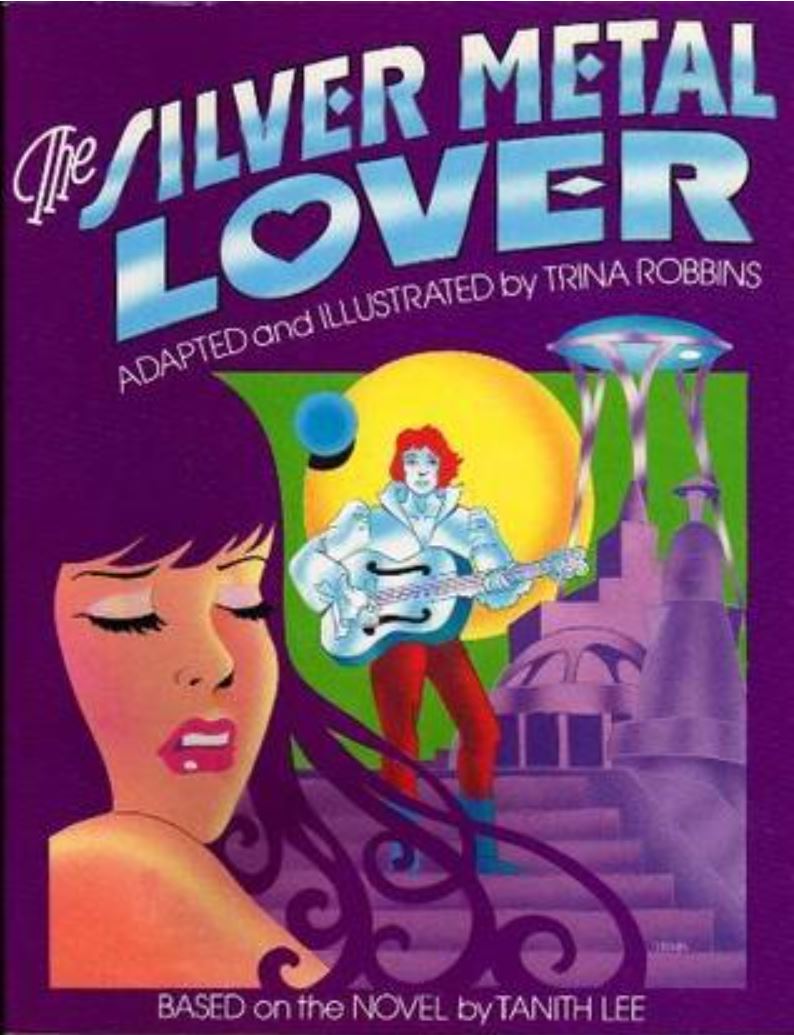
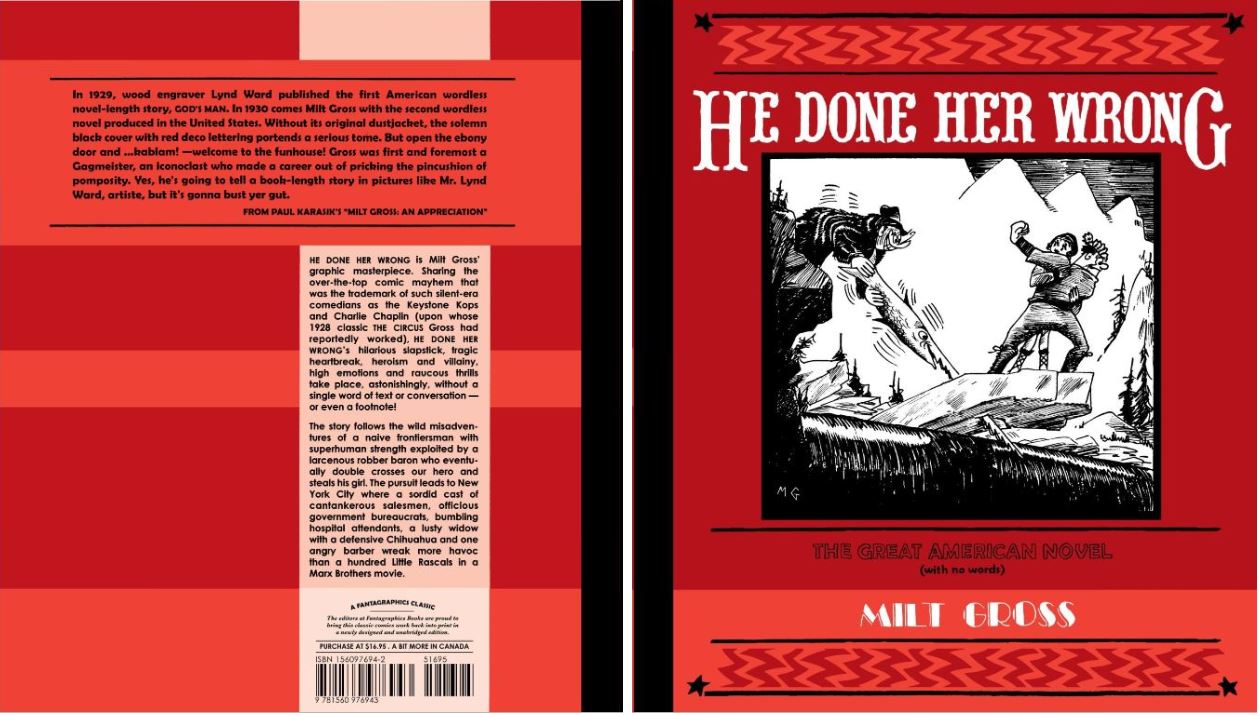
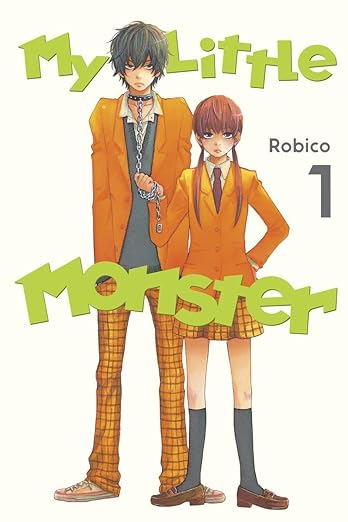
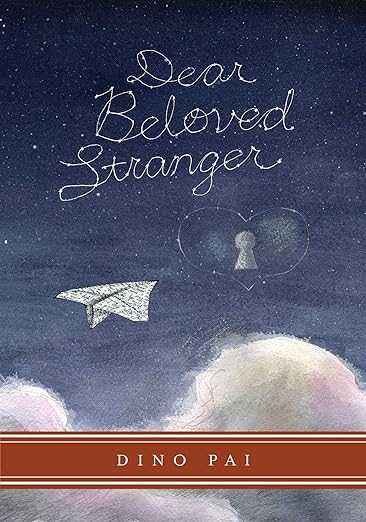


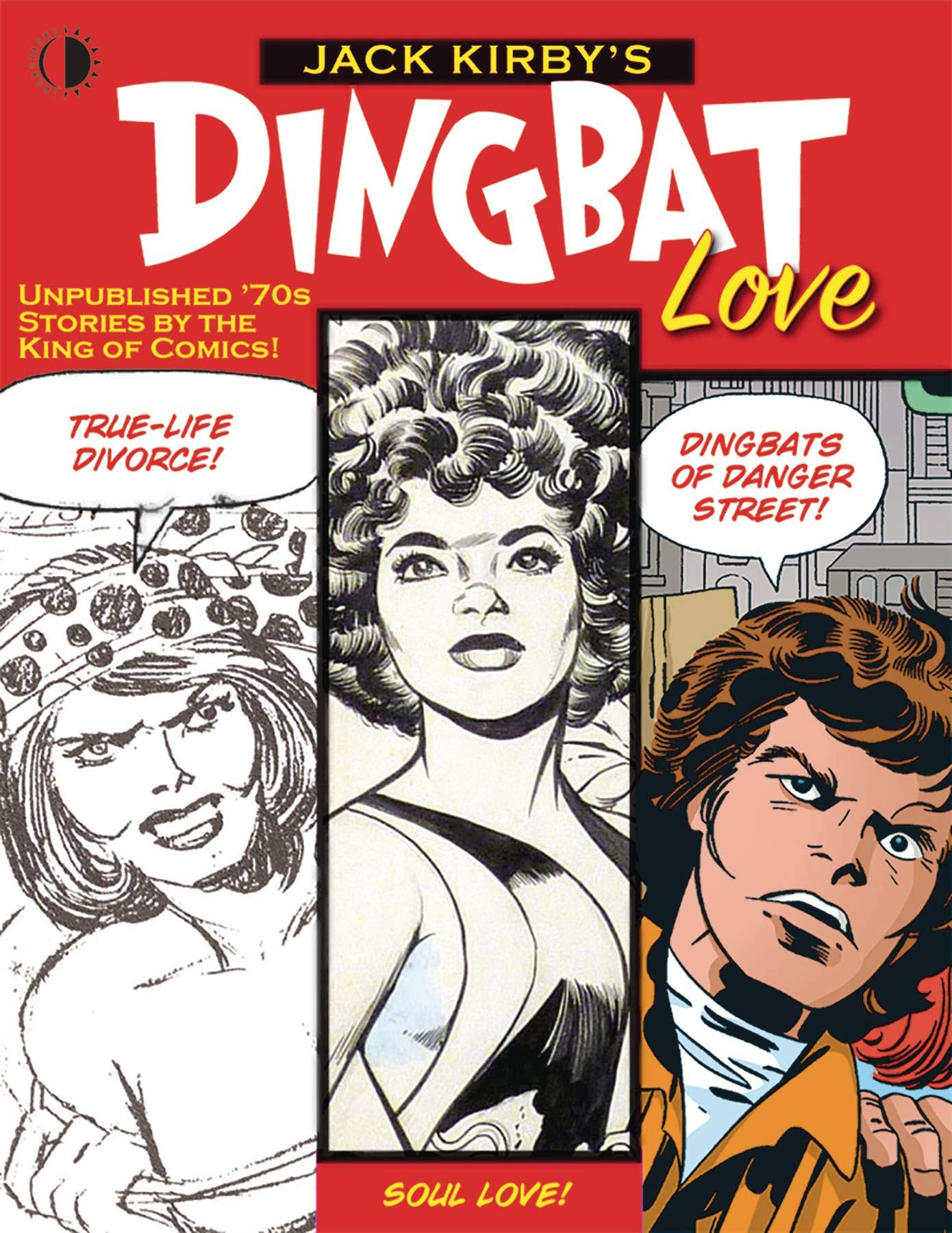

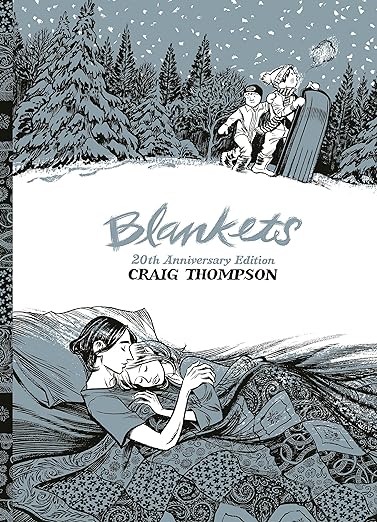
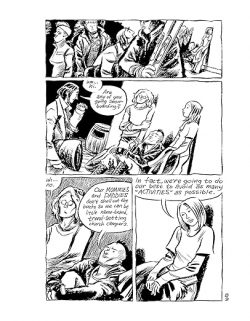 For such a weighty tome, Blankets is a remarkably quick and easy read, with Thompson’s imaginative and ingenious marriage of text and images carrying one along in the way only comics can. One of the most powerful and lovely tales of first love and faith lost, this book has lost none of its charm and seductive power over the decades. If you aren’t slavishly addicted to skimpily-clad incel-fodder or punch-in-the-face comics and have held on to the slightest shreds of your innate humanity, this is that rarest of beasts – a perfect story in pictures.
For such a weighty tome, Blankets is a remarkably quick and easy read, with Thompson’s imaginative and ingenious marriage of text and images carrying one along in the way only comics can. One of the most powerful and lovely tales of first love and faith lost, this book has lost none of its charm and seductive power over the decades. If you aren’t slavishly addicted to skimpily-clad incel-fodder or punch-in-the-face comics and have held on to the slightest shreds of your innate humanity, this is that rarest of beasts – a perfect story in pictures.